The "blue cloud" NIH Stroke Scale uses color groups to liven up drab medical assessments, helping doctors communicate a stroke's severity level quickly. This lighthearted system gives patients and families a glimmer of optimism even in scary times. Learn how "rainbow scoring" is bringing some sunshine into stroke treatment.
Assessing Stroke Severity with Colors 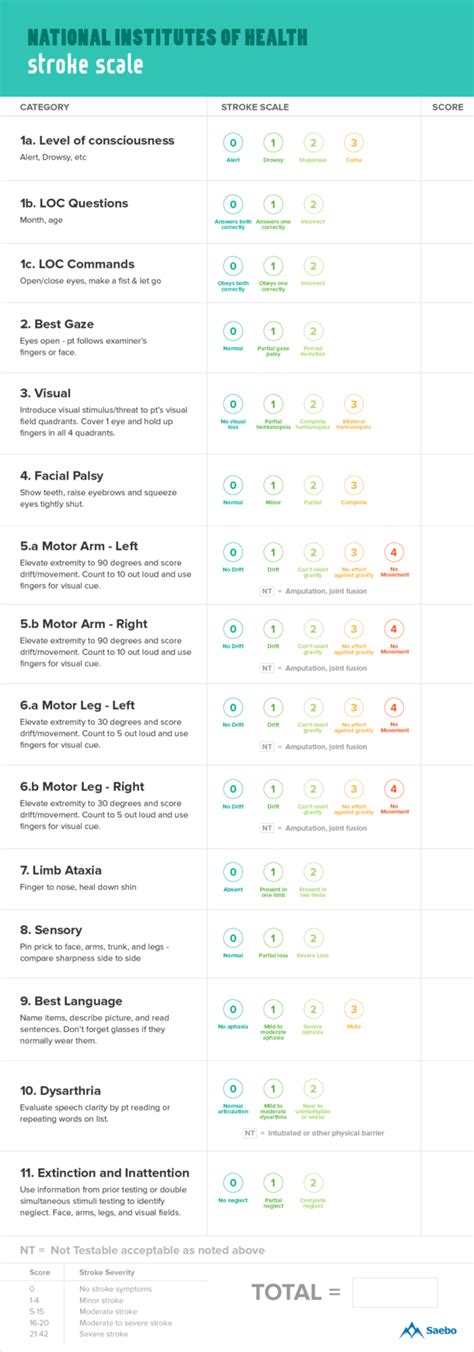
The National Institutes of Health Stroke Scale, abbreviated NIHSS, is commonly used to measure the severity and extent of strokes. The scale examines a patient's consciousness, vision, sensation, movement, coordination, speech, and language. But describing it sounds about as exciting as watching paint dry.
Adding Some Color to Stroke Assessments 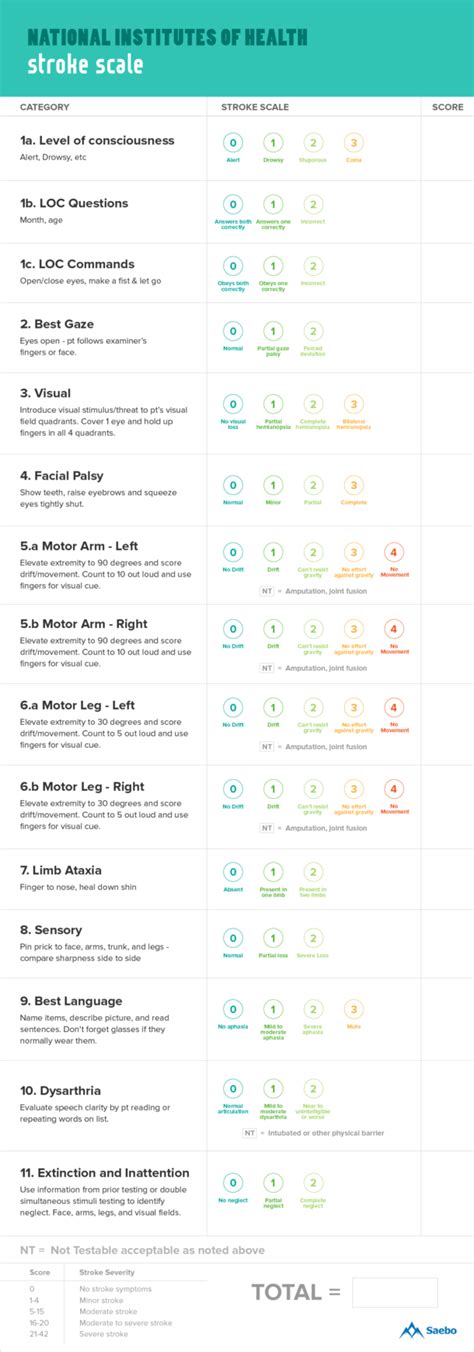
To liven things up, some medical professionals use color descriptors with the NIHSS, like the Blue Cloud method. Here, stroke severity levels are grouped into colorful categories:
- No stroke symptoms = White Cloud
- Minor stroke = Pink Cloud
- Moderate stroke = Purple Cloud
- Moderately severe stroke = Red Cloud
- Severe stroke = Black Cloud
Blue Skies Ahead...Hopefully 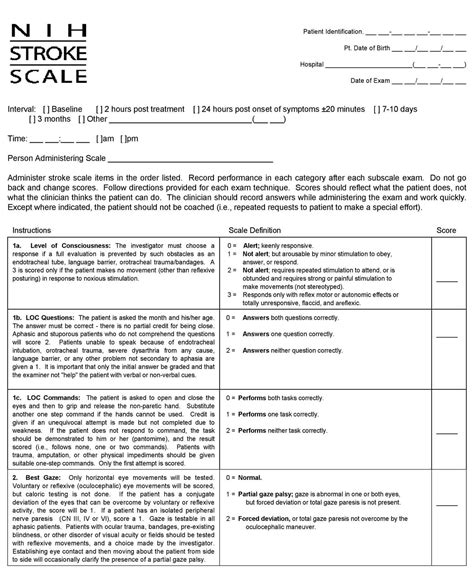
The Blue Cloud system tries to give some optimistic rays of sunshine, grouping less severe strokes under cheery blue skies. Of course, no one wants to end up under black clouds if they can help it!
Scaling the Rainbow 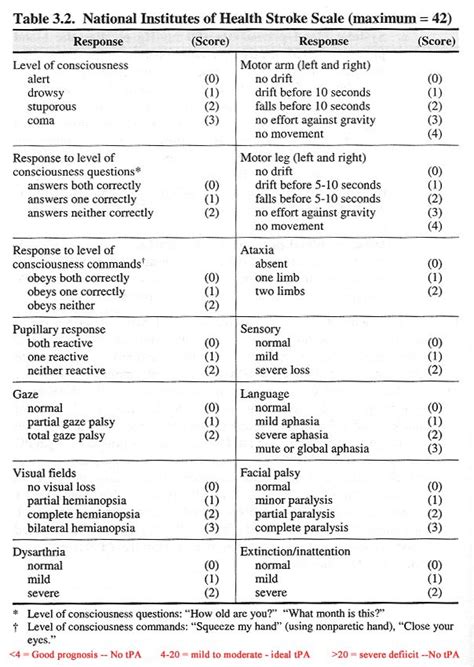
Other colorful variants on the NIHSS scoring system exist too. There's the Rainbow Scale, the Paint Splat Scale, the Crayon Box Scale...you get the picture. It seems assessing stroke severity has become a vibrant art!
Silver Linings 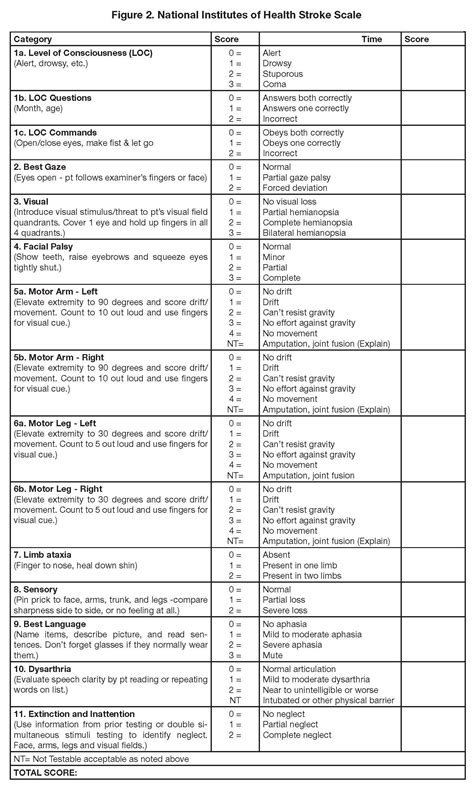
In all seriousness, while any stroke diagnosis is scary, even moderate or severe strokes can have positive outcomes with prompt treatment. Grouping stroke severity into color categories can help medical teams communicate urgent needs quickly. Every cloud has a silver lining, as they say!
Outlook: Mostly Sunny 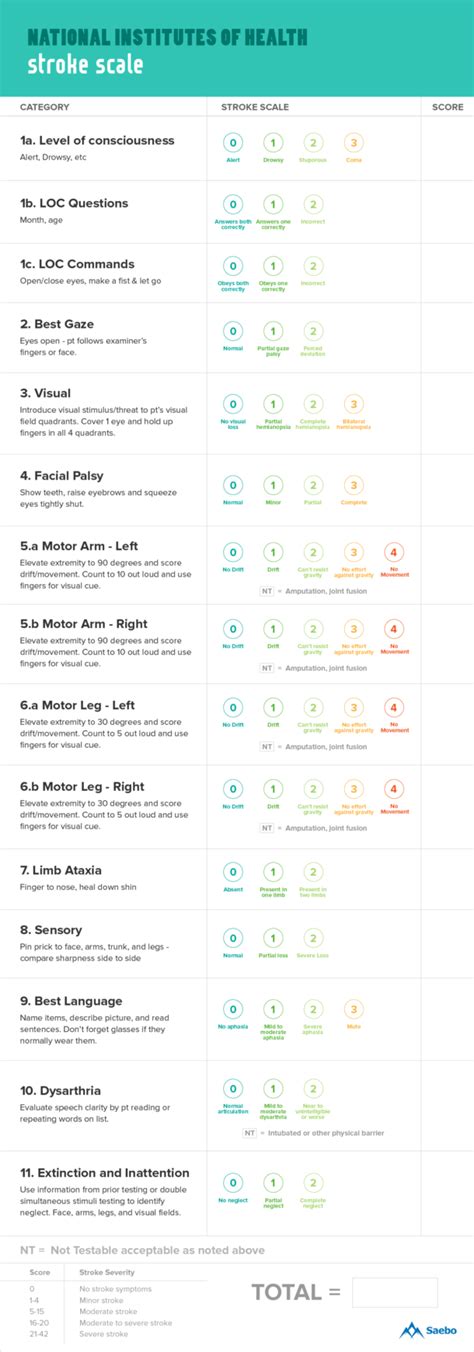
So while strokes are certainly no laughing matter, assessing them doesn't have to be doom and gloom either. Colorful scoring approaches try to strike a balance between conveying severity while also giving reasons to be hopeful. Here's wishing all stroke patients blue skies ahead on their roads to recovery!
Several facts about blue cloud nih stroke scale
National Institutes of Health Stroke Scale
Stroke Severity Assessment
Stroke Prognosis
Ischemic Stroke
Hemorrhagic Stroke
Stroke Rehabilitation
Stroke Communication Tool
Stroke Triage
Stroke Treatment
Label :stroke scale, blue cloud, nihss scoring Retry
Keyword : blue cloud nih stroke scale
0 komentar